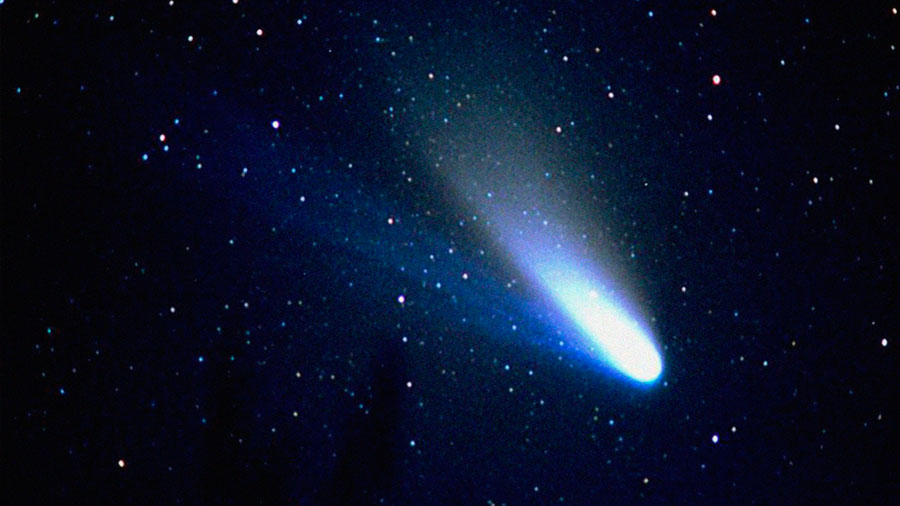
INVDES
Comet 109P/Swift-Tuttle. Comet 109P/Swift-Tuttle Comet 109P/Swift-Tuttle is a large comet with a nucleus 26 kilometers (16 miles) across. Seen here in 1992, it won't be back to the inner solar system until 2125. Debris from the comet causes the annual Perseid meteor shower.

Comet 109P/SwiftTuttle The Society
The spectacular Perseid meteor shower, peaking Thursday night (Aug. 11-12), lights up Earth's sky every August as Earth passes through the trail left by Comet Swift-Tuttle, a miles-wide behemoth.
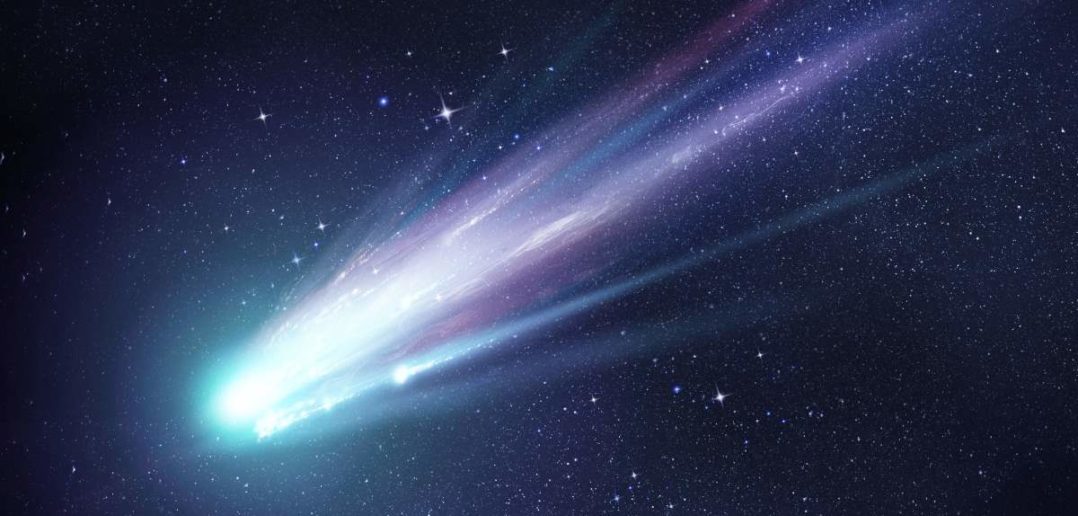
La cometa SwiftTuttle, potrebbe davvero, in futuro, annientare la
Comet Swift-Tuttle last visited the inner solar system in 1992. Comet Swift-Tuttle was discovered in 1862 by Lewis Swift and Horace Tuttle. Swift-Tuttle is a large comet: its nucleus is 16 miles (26 kilometers) across. (This is almost twice the size of the object hypothesized to have led to the demise of the dinosaurs.)
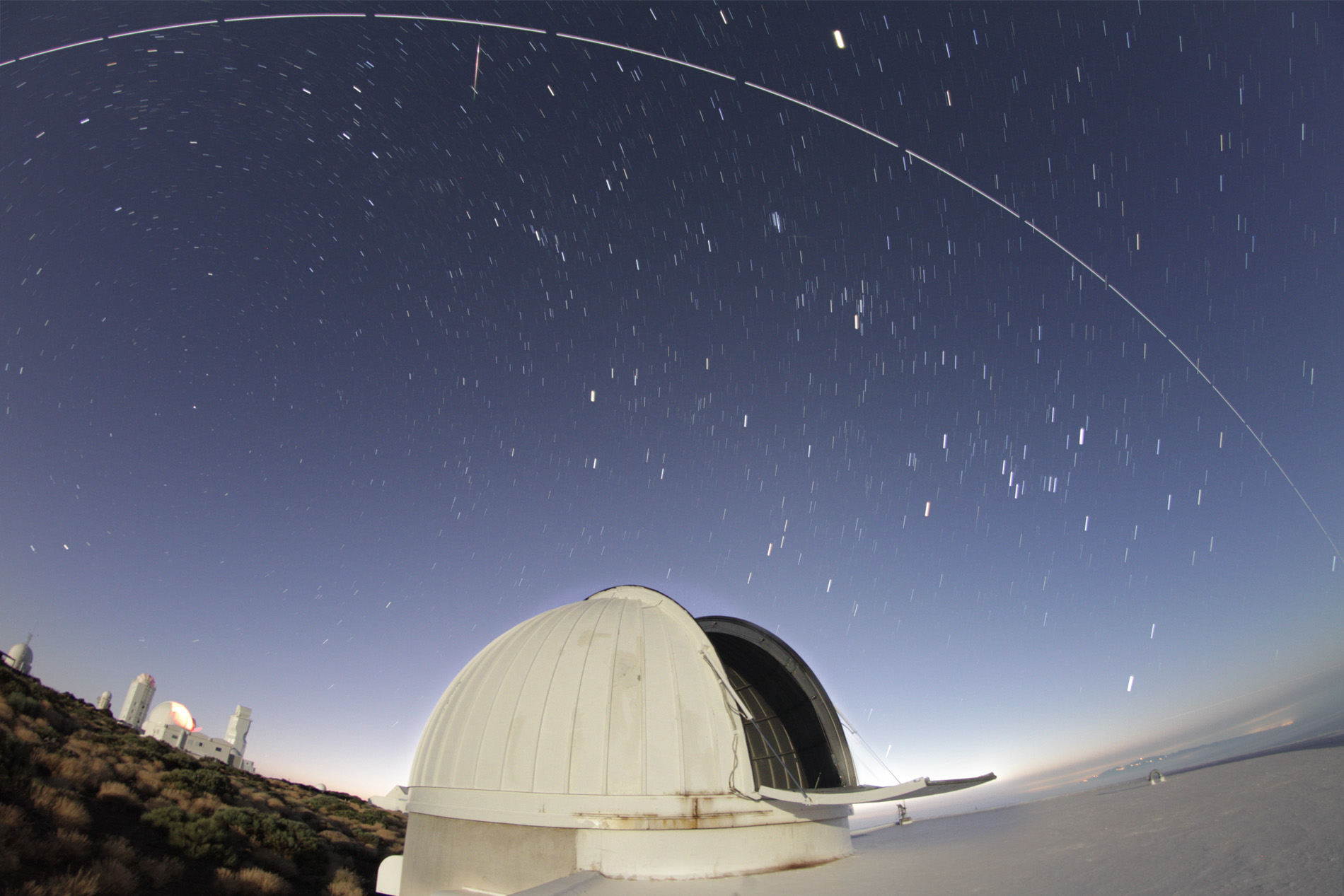
Las Perseidas roca y hielo del cometa SwiftTuttle Teinteresa
109P/Swift-Tuttle orbits the sun every 48,700 days (133.33 years), coming as close as 0.96 AU and reaching as far as 51.22 AU from the sun. Its orbit is highly elliptical. 109P/Swift-Tuttle is about 26.0 kilometers in diameter, making it larger than 99% of asteroids, comparable in size to the city of Indianapolis.
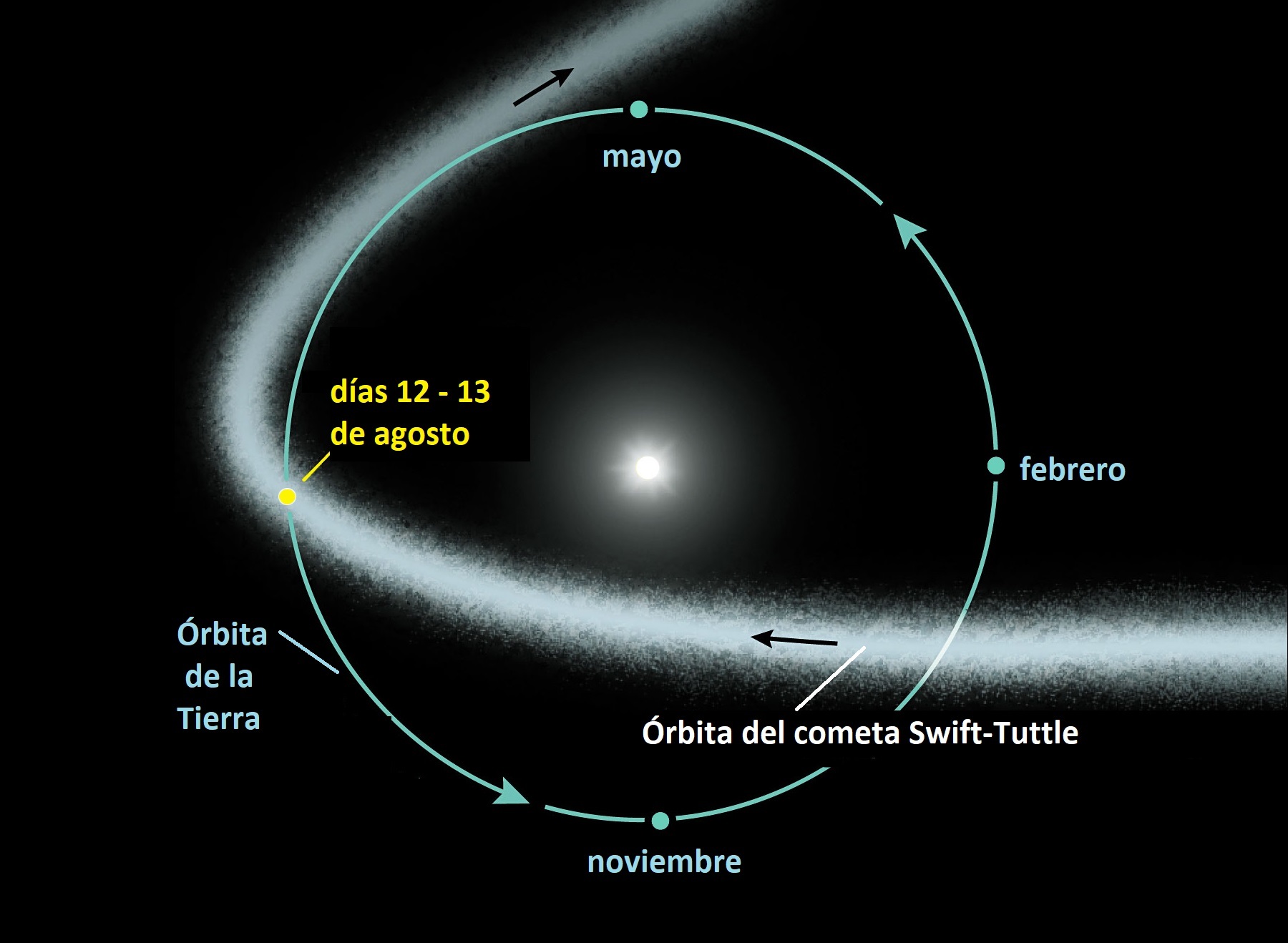
Año excelente para las Perseidas guía completa para su observación
Tsuruhiko Kiuchi (Japan) discovered a comet on 1992 September 26.76 and reported it to the National Astronomical Observatory (Tokyo). He said it was magnitude 11.5. H. Kosai of that observatory subsequently reported it to the Central Bureau for Astronomical Telegrams and suggested it might be comet Swift-Tuttle.
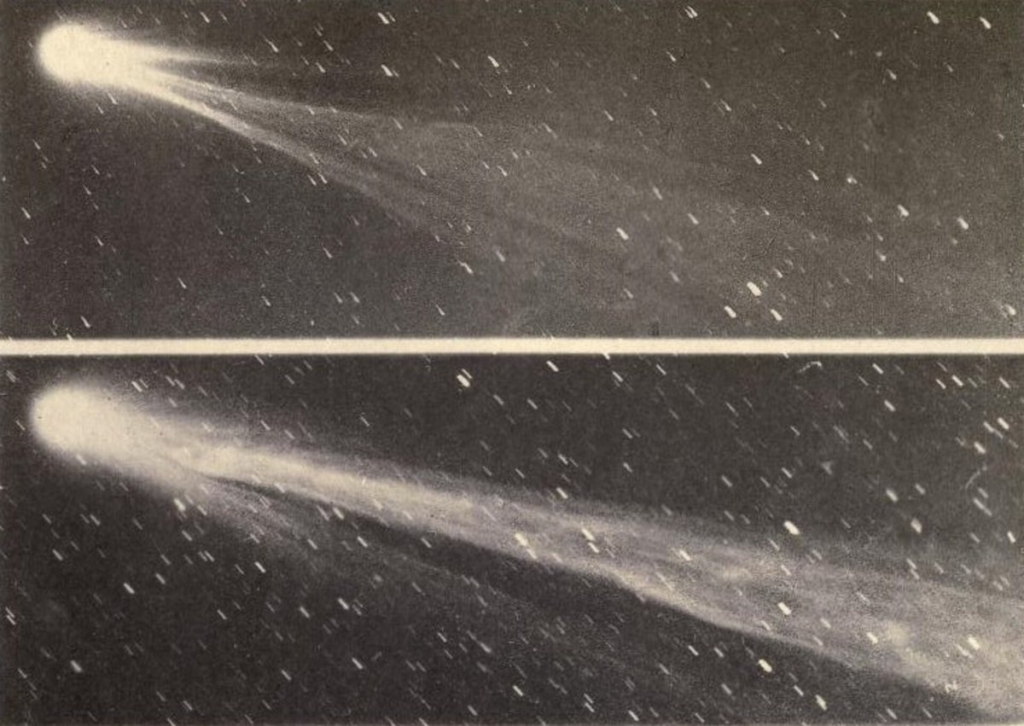
Este es el peligroso cometa que nos deja la lluvia de meteoros de Las
The brightest meteor shower of the year began on July 14 and will continue until Sept. 1, but peaks this week on Aug. 11, 12, and 13. The best viewing hours are from midnight to just before dawn.

Imagen del Cometa 64P/SwiftGehrels tomada el 7 de octubre El
Comet Swift-Tuttle is "certainly one of the largest" objects that crosses paths with the Earth, Yeomans said.The cosmic object measures about 16 miles (26 kilometers) across, and when it passes.

Cometa de 26km pode mesmo se chocar com a Terra? Fatos Desconhecidos
February 19, 1996. Periodic Comet Swift-Tuttle. Credit: D. McDavid ( Limber Observatory ), D.C. Boice (SwRI) Explanation: Comet Swift-Tuttle , shown above in false color, is the largest object known to make repeated passes near the Earth. It is also one of the oldest known periodic comets with sightings spanning two millennia.

APOD 2009 December 16 Comet Hyakutake Passes the Earth
That's because comet Swift-Tuttle is big, has the potential to approach us so closely that sooner or later it may collide with us, and worst of all goes around the sun in the opposite direction from the way we do. So if and when it does hit us it will be a head-on impact. The speed is actually obvious each year when we watch the summer.

Albanela Ravelo on Instagram “Cada agosto la cola del cometa Swift
Comet Swift-Tuttle (109P/Swift-Tuttle) is a periodic comet with an orbital period of 133 years. It fits the classical definition of a Halley-type comet with a period between 20 and 200 years. It was independently discovered by Lewis Swift and Horace Parnell Tuttle in July 1862.

Cometas y meteoros Cometa Tuttle
Abstract. Comet 109P/Swift-Tuttle is the well-known parent body of the Perseid meteor shower, and, possibly, a few other showers, as we found in our previous work (Paper I). In Paper I, we studied the meteoroid stream of the comet using models derived from the comet's nominal orbit. In respect to the uncertainty of its determination, the.
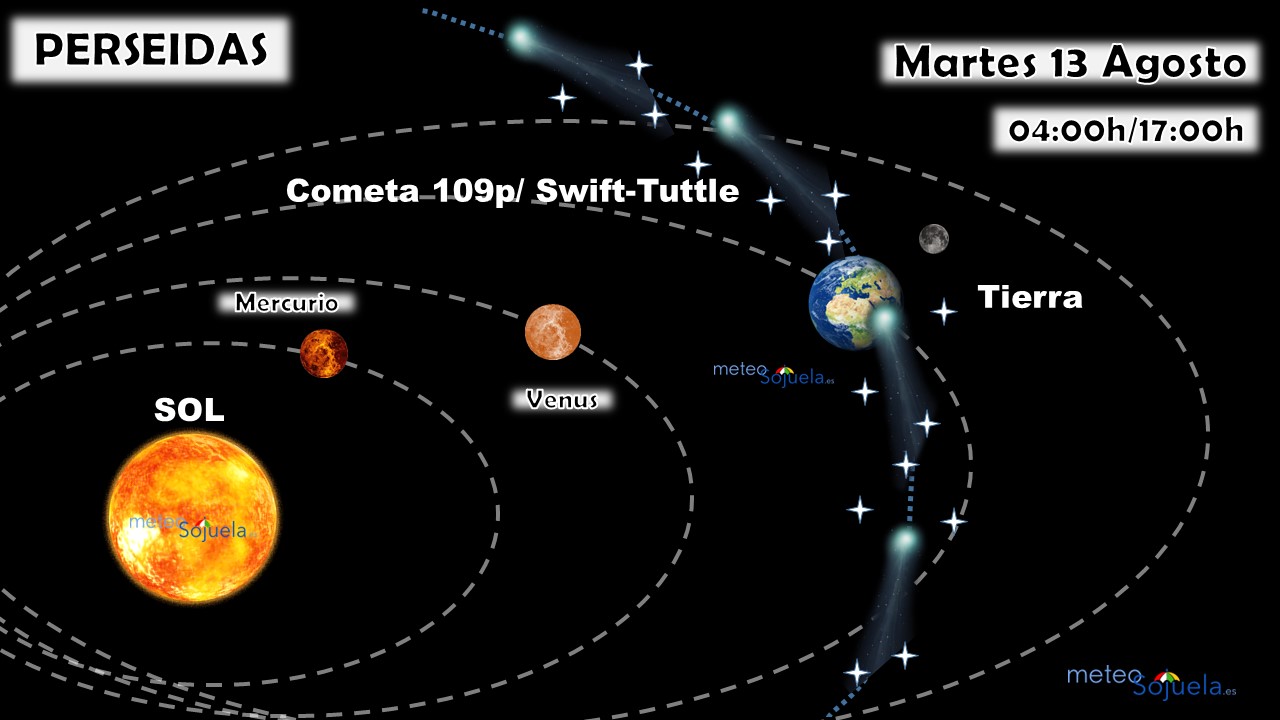
Cometa Swift Tuttle Perseidas Meteosojuela Meteosojuela.es
Periodic Comet Swift-Tuttle (1992t): Periodic comet Swift-Tuttle was last seen in 1862. Its orbit was then calculated to have a period of about 120 years. It was predicted to return in 1982 but was not observed. Because of this, there was speculation that the comet had disintegrated. This theory was supported by its association with the Perseid.
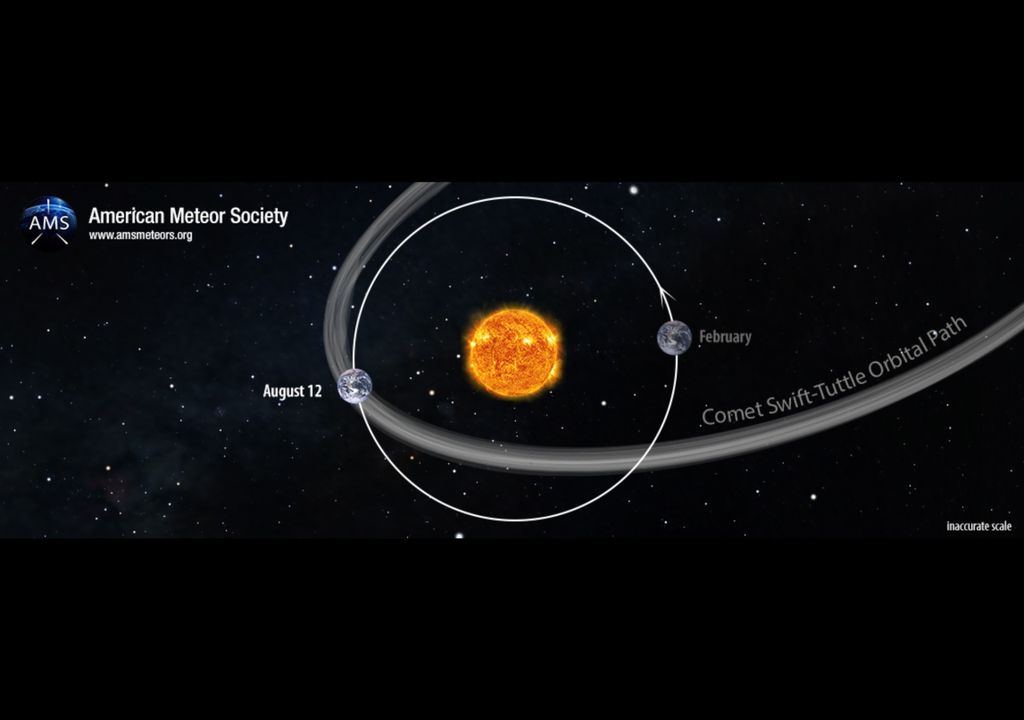
Iniziano le Perseidi 2023 quando il picco delle stelle cadenti? Le
Comet Swift-Tuttle, formally 109P/Swift-Tuttle, is an enormous, icy comet on a 133 year orbit around the Sun, and the reason for the spectacular annual Perseids meteor showers on Earth.
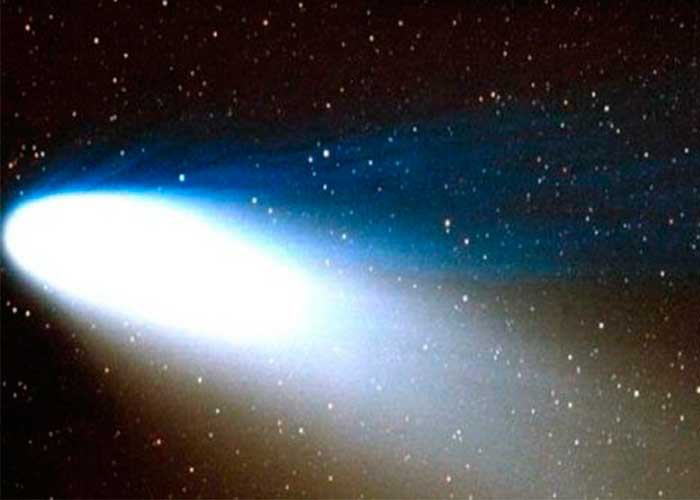
Cometa SwiftTuttle amenaza futuro del Tierra
Comet Swift-Tuttle Facts. Comet Swift-Tuttle is a comet, a celestial body that is composed of ice and rock that when it gets closer to the sun begins to burn away and produce a long tail.It is composed mainly of ice and dust. As the orbital period is less than 200 years, it is deemed to be a short-term period.

NASA diz que há uma enorme chuva de meteoros vindo em nossa direção
A periodic comet, the parent of the Perseid meteor shower, independently discovered in 1862 July by the American astronomers Lewis Swift (1820-1913) and Horace Parnell Tuttle (1837-1923). It reached magnitude +2 and showed a tail 25-30 ° long in 1862 August. Swift-Tuttle's nucleus was particularly active, with many jets or fountains of.

Comet SwiftTuttle The Icy Parent of the Perseid Meteor Shower Space
Comet Swift-Tuttle takes 133 years to orbit the sun once. It is a large comet, with a nucleus about 16 miles across. According to NASA Science, the comet - also known as 109P - last reached.